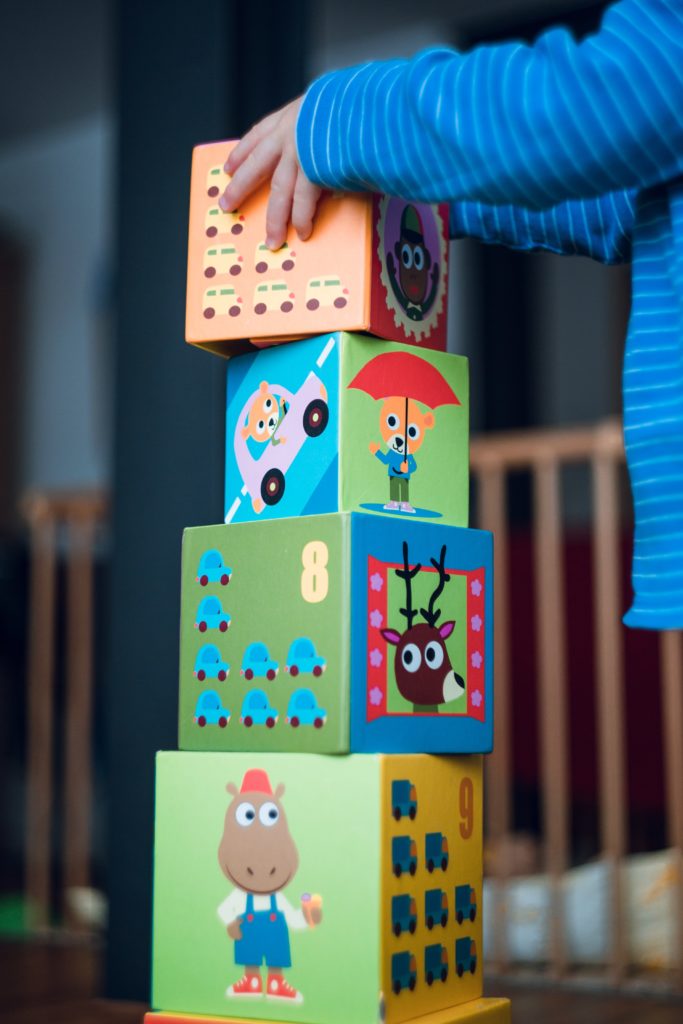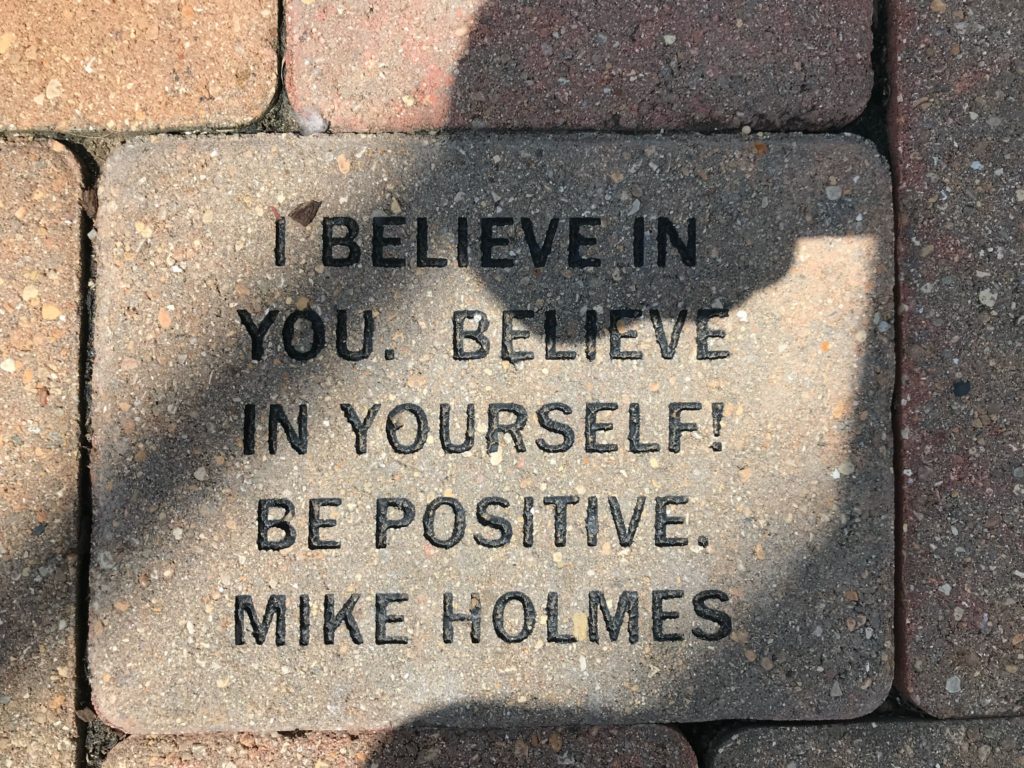Music in Therapy

When I first began this career, I wanted to learn as much as possible about music therapy and explore different settings to find where I felt my heart and passion would be most in connection with my desire to help others.
I first experienced the benefits of music reaching others by playing in churches. Next, it was funerals and then weddings. After this, I entered college and began the process of working with exceptional children, such as special education, and adults with disabilities. I met folks with cancer, Alzheimer’s disease, and an array of other ailments. I enjoyed singing to older adults in various settings and later doing process-oriented music therapy work with kids in the residential setting, and later the foster care system.
I learned how music could relieve stress or muscle tension before a patient had surgery. I learned how music could help a patient with a stroke begin to speak again through singing. I learned how music could decrease isolation and pain for persons on life support. I learned how music could facilitate connection with families in end of-life care, how music could coordinate movement where Parkinson’s had impacted a patient’s ability to walk. I met adults with chronic mental health conditions and children with all levels of autism with varying degrees of impairment, and found new ways of connecting with these individuals through our music-making.
Now, I blend music with counseling and play. The aspects of its use have shifted over the years as I embarked with different populations and learned new skills.
Interventions commonly seen in therapy sessions addressed with music therapy target self-regulation, coping skills, emotional expression, enhanced mood, social interactions, attention and focus, as well as others.
Techniques include:
- Music-listening
- Lyric analysis
- Musical re-creation
- Improvisation
- Songwriting
While theses are only small accounts of the many ways music may be incorporated in therapy, thousands of other music therapists are doing this wonderful work daily and I encourage you to check out their stories.
For more information on music therapy, please see the American Music Therapy Association’s fact sheets or MT Mental Health 2006.
For more information on how to incorporate music into your life or during therapy, contact me at SHCS.








